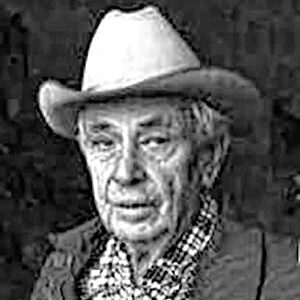About Nick Eggenhofer

Nick Eggenhofer was one of go to illustrators of western story books and magazines in America from the 1920s to 1940s.
Nick was born in Gaunting, Germany, he grew up reading the Old West adventure novels popular in Germany at the time. As a youth, he saw the 1898 movie, Buffalo Bill’s Wild West, and experienced a live Wild West show in Munich in 1909, clinching a life-long fascination with the American frontier.
At the age of 16, Eggenhofer emigrated to New Jersey withg the sponsorship of an uncle. While working at various jobs, he made drawings and paintings, and collected images of the West as reference for his art. In 1916 he began four years of night classes at the Cooper Union, and apprenticed at American Lithograph Company during the day.
In 1920 Eggenhofer made his first art sale, three western watercolors to the firm of Street and Smith, publishers of the highly popular Western Story Magazine. When a strike shut down American Lithograph, he joined the staff of Street and Smith producing pen and ink drawings for the magazine.
Nick Eggenhofer married in 1924 and the next year the couple set out in their Model T for his first trip West, visiting Santa Fe, Taos and the Grand Canyon. Eggenhofer was not disappointed with the country he had dreamed of all his life. Not surprisingly, he felt it gave his work "a new perspective, a new dimension, a new point of view." Returning East, he built a log cabin studio in Milford, New Jersey.
Eggenhofer carefully researched his subjects, poring over books in libraries to ensure the accuracy of his depictions. As he became more prosperous he also collected western artifacts, a practice shared by most painters of the Old West. He was especially fascinated with modes of transportation in nineteenth-century America, and sometimes built scale models of wagons in order to learn their construction. In 1961, he wrote an illustrated a book on the subject entitled, Wagons, Mules & Men: How the Frontier Moved West.
Because most of his work from the 1920s through the 1940s was western story illustration, Eggenhofer became highly skilled at rendering action scenes of Indians, cowboys, and outlaws. Much of his output was in ink, and these images reveal an excellent sense of design and the bold, dynamic compositions required of pulp magazine illustrations. His paintings often have more stable (even static) compositions and are intensely colored. He painted in a detailed, realistic style but with choppy strokes, often of pure color, giving the paintings a somewhat impressionist quality. He estimated that he made about 30,000 drawings and paintings for pulp magazines and novels over the course of his career.
The pulp fiction industry waned after the Second World War, and Eggenhofer sought projects with other types of national magazines. He also executed more easel paintings, but the market for Western Art was at its low in the 1950s and 1960s, especially in the East. In 1961, the Eggenhofers moved to Cody, Wyoming, the town founded by his Wild West show hero, and he continued to paint for galleries and collectors. In 1973, the National Cowboy Hall of Fame honored him with their Trustees Award for Outstanding Contributions to Western Art. The Buffalo Bill Historical Center hosted exhibits of Eggenhofer’s work in 1975 and 1981.


